Holkham Hall: 'there are few places a modern visitor can get so close to the realities of life on the grand scale in 18th-century Britain'
John Goodall revisits the splendours of Holkham Hall in Norfolk, a celebrated house — and the seat of the Earl of Leicester — created in the mid 18th century by Thomas Coke, Earl of Leicester.

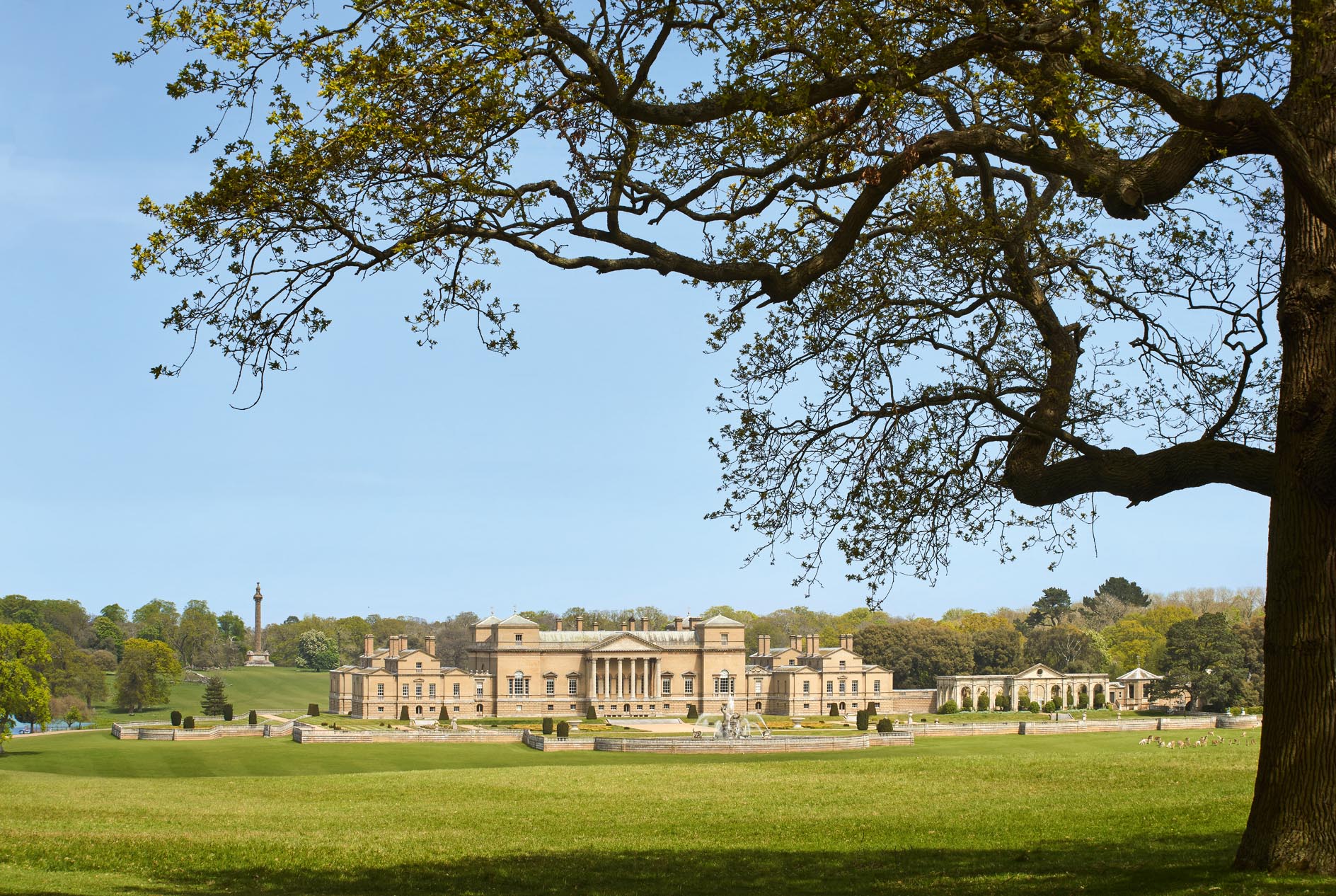
Holkham Hall is one of those rare buildings that seems to embody the spirit of the age in which it was created. Its outward appearance, set in spreading parkland, answers the popular ideal of a great nobleman’s seat. So, too, does the sumptuous interior, which not only preserves most of its original collections and furnishings, but much associated documentation. Added to which, exemplary recent stewardship of the house means that there are few places a modern visitor can get so close to the realities of life on the grand scale in 18th-century Britain.
Such riches have, naturally, attracted a great deal of scholarly attention, not least by figures such as John Cornforth, former Architectural Editor of Country Life, and, more recently, by the former archivist of the house, Christine Hiskey, in her own magisterial history titled simply Holkham (2016). This pair of articles draws heavily on such work, but it also seeks to stand back from it and, with the help of new photography, offer a short, fresh overview of the story by which this familiar and celebrated building came into being.
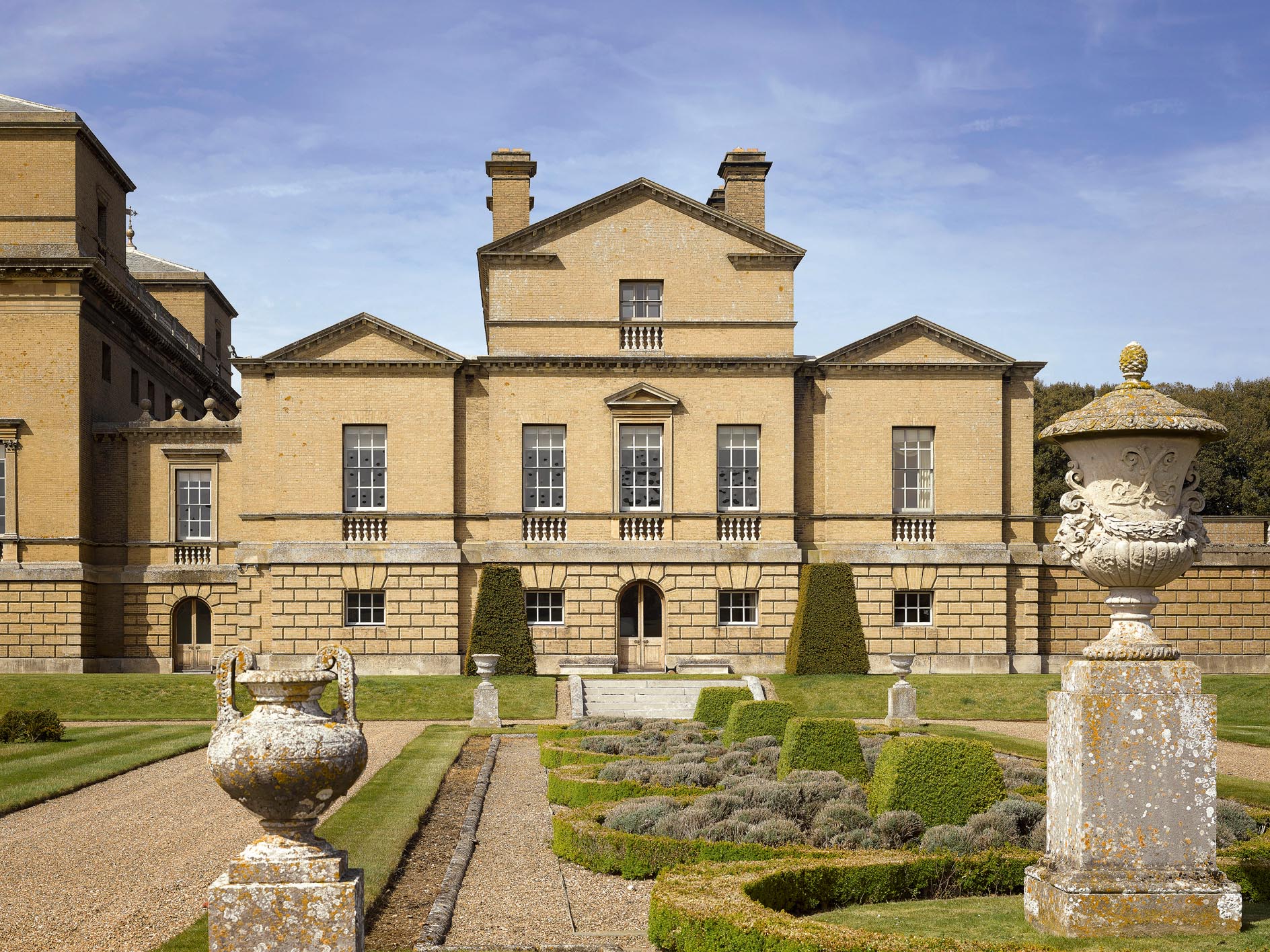
The present hall is the creation of Thomas Coke, the eldest of five children born into a prosperous gentry family in 1697. Shortly before his 10th birthday Thomas was left as an orphan and his considerable inheritance passed into the guardianship of four relatives. His patrimony was substantially derived from the estate amassed five generations earlier by the notable lawyer and politician Sir Edward Coke (1552–1634). It included a concentration of property in north Norfolk, with a house at Holkham, but also land across the wider kingdom from Staffordshire to Kent.
Thomas’s guardians were scrupulous in their responsibilities, retrenching the boy’s finances and improving his estate. They also carefully supervised his education. At the age of 12, he was described by his tutor as being ‘of extraordinary good natural parts’ and already active in ‘reading some of the best classic authors and Latin as well as English poets’. The boy was, however, also easily distracted by his enthusiasm for cockfighting and frustrated not to be able to go shooting. Then, at the age of 15, in August 1712, he was sent abroad to widen his experience.
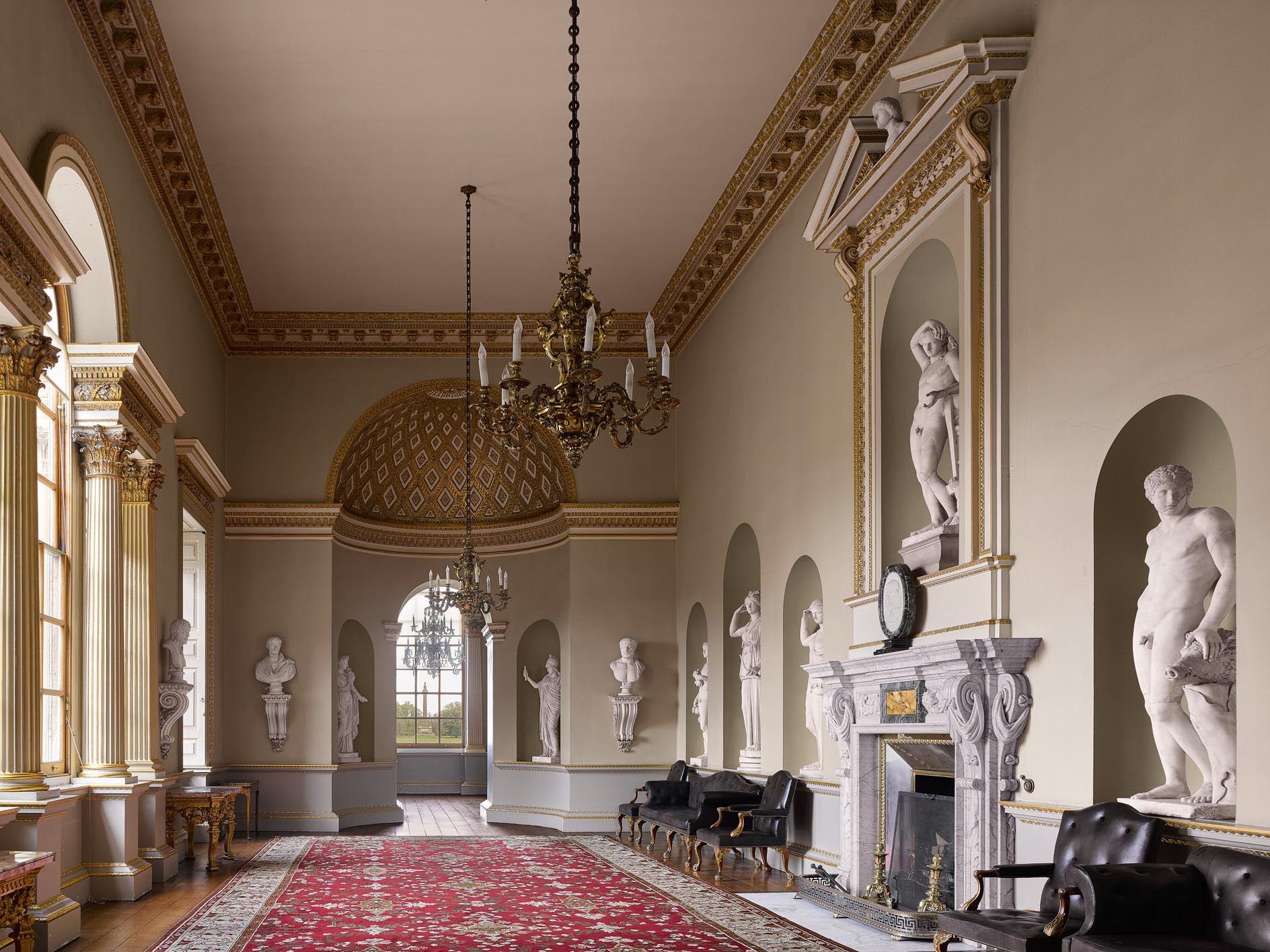
The idea of a so-called Grand Tour across Europe for wealthy young Englishmen was well established by this date. That undertaken by Coke is exceptionally well documented through the accounts kept by his valet Edward Jarret. It was also unusually extensive, taking him through modern-day France, the Netherlands, Germany, Austria, Switzerland, Malta and the full length of Italy. It was the last that captivated him and he made three prolonged stays in Rome, four visits to Florence and short stays in a litany of Italian cities, including Genoa, Venice, Milan and Naples.
These visits fired Coke’s cultural interests and he collected avidly. In particular, he bought books and manuscripts, reflecting in one letter of 1715 that ‘certainly one of the greatest ornaments to a gentleman or his family is a fine library’ (Fig 4). Where possible, he also commissioned and bought art, including modern paintings—he was a particular admirer of the French landscape painter Claude Lorrain—and classical sculpture. One of those he employed as an agent in his purchases, who became a travelling companion, was the young painter William Kent.
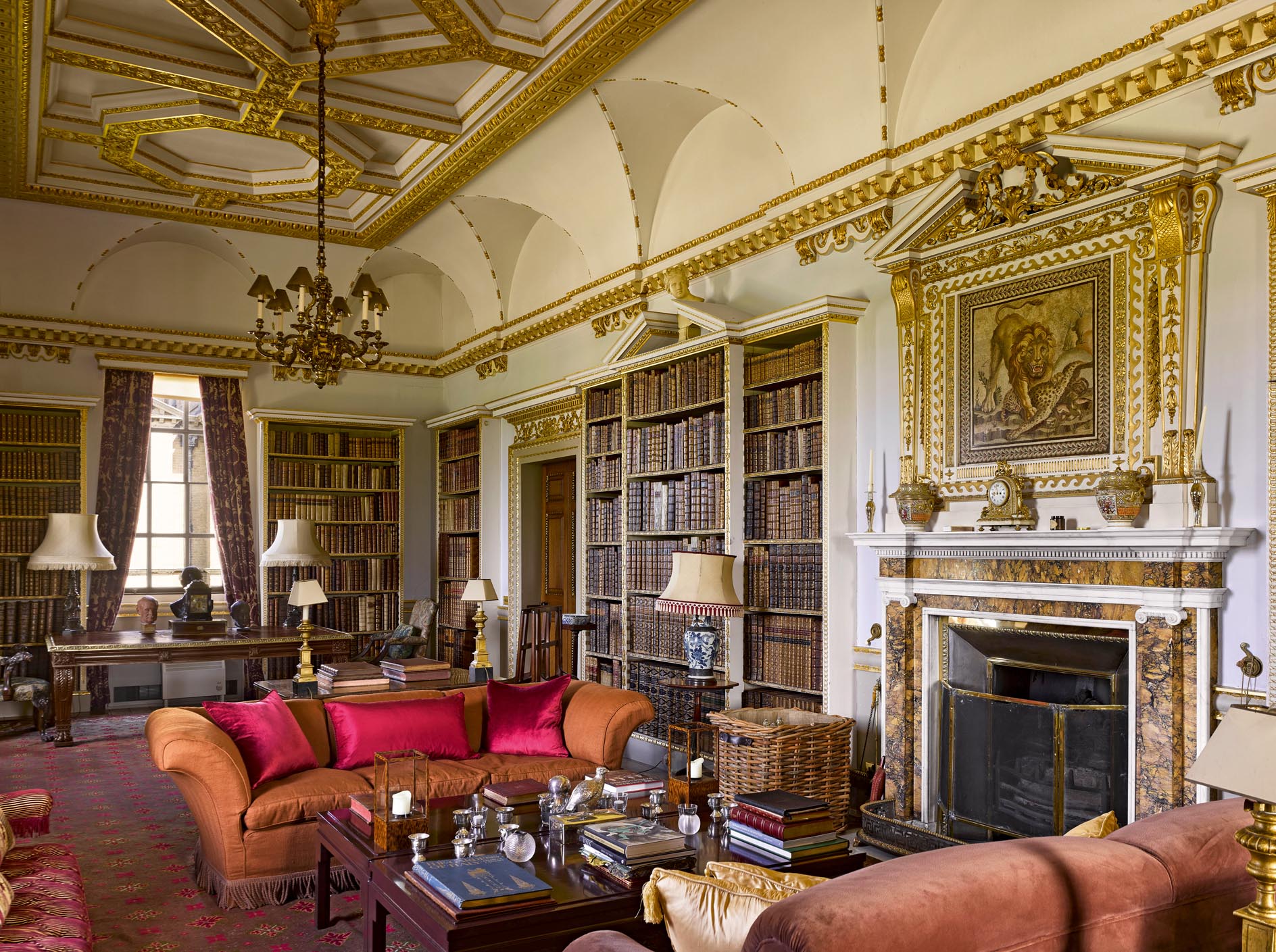
In addition, Coke studied architecture, purchasing drawing instruments so that he could take instruction in Rome under the direction of Giacomo Mariari. It’s known that he visited about 40 palaces within the city, as well as many villas outside it, returning repeatedly to see buildings such as the Palazzo Farnese and the Villa Borghese, (which he visited, respectively, at least six and 10 times). ‘I am become since my stay at Rome’, he wrote to one of his guardians, ‘a perfect virtuoso and a great lover of pictures’.
Exquisite houses, the beauty of Nature, and how to get the most from your life, straight to your inbox.
Coke eventually returned to England in 1718 and was settled into his future responsibilities with breathtaking speed. He arrived at Dover in May, celebrated his 21st birthday on June 17 and then, on July 3, married Lady Margaret Tufton, a daughter of the Earl of Thanet, on her 18th birthday. By this date, the activities of his guardians had more than doubled the estate income, from £4,203 per annum in 1707 to more than £10,000, making Coke one of the richest commoners in England.
He immediately plunged into the pleasures of London life and, by 1721, the combination of gambling losses and the collapse of the South Sea Company left him in serious debt. The tide in his affairs, however, now gradually turned. In 1722, he stood unopposed as MP for Norfolk and began to support his near neighbour, distant relation and Britain’s first ‘Prime Minister’ Robert Walpole in parliament. By way of reward, he was a founding member of the revived Order of the Bath in 1725 and, in May 1728, was created Baron Lovel of Minster Lovel, after one of his Oxfordshire properties. Yet he made it clear that he deserved more.
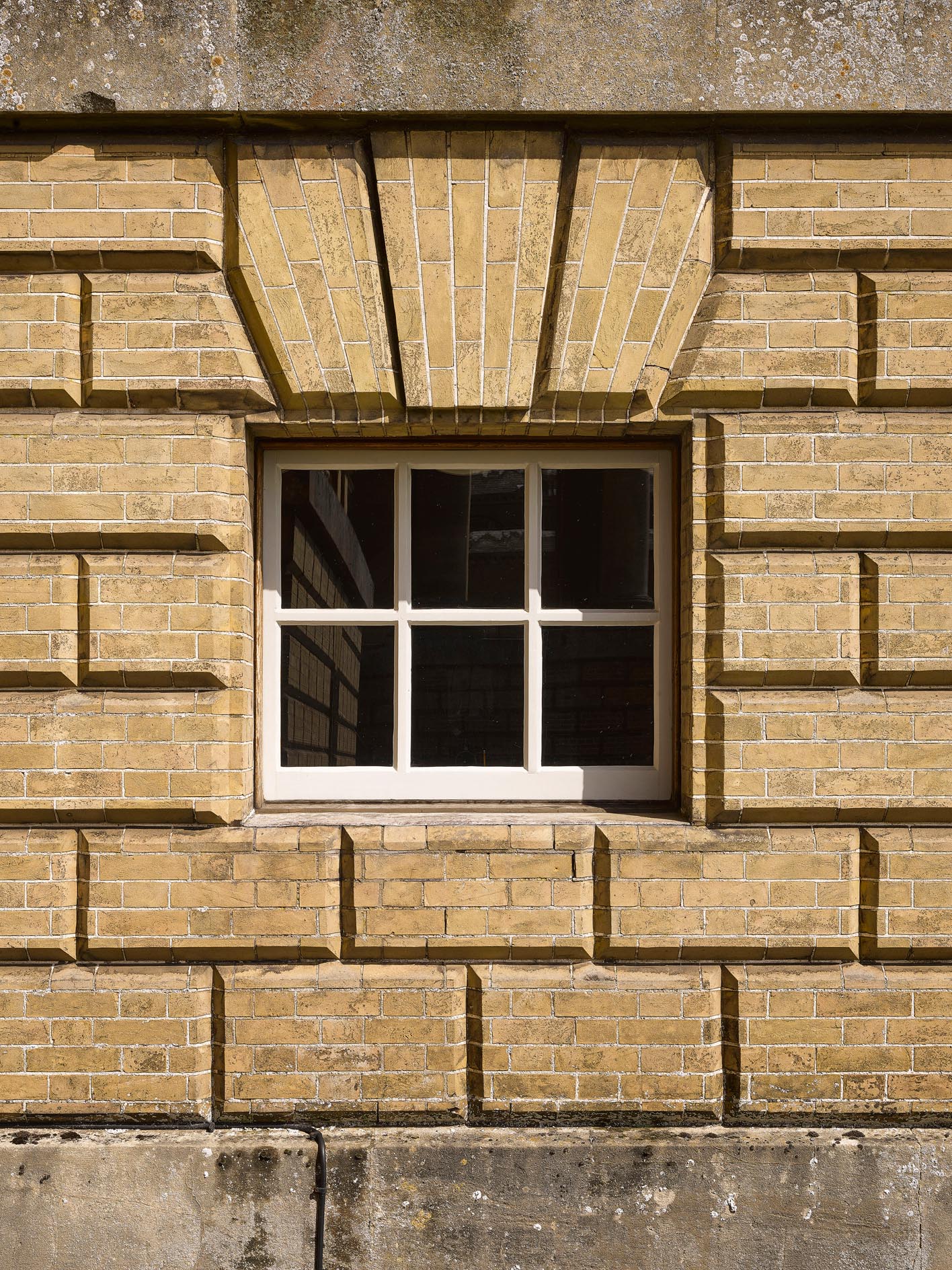
Such political and social ambitions were probably the spur that encouraged Coke to rebuild his family seat at Holkham, although he must have toyed with the idea on the Grand Tour. Certainly, practical plans were afoot by the mid 1720s, when the proposed site of the new building, together with changes to the landscape around it, were marked on an estate map. The process by which the design of the present house evolved, however, and its authorship remain fiercely contested. At the heart of the problem of attribution is the fact that—in addition to Coke himself, clearly an informed and active patron—there were so many people, both in his circle and in his employ, who could plausibly have shaped it.
In 1726, for example, the Holkham accounts record the first payment to the Norwich builder and architect Matthew Brettingham for ‘drawing a plan of a new house’. Brettingham went on to build Holkham and, in 1761, after Coke’s death, claimed authorship of it in print, much to the anger of others. In 1729, the ‘surveyor’ and architect Colen Campbell visited the estate. Then, from 1730, there are payments to Coke’s former travelling companion, Kent, who was now established as a Court painter and just beginning to turn his attention to architecture and landscapes.
Focusing on the question of attribution in what everyone would agree was a complex, drawn-out and collaborative design process threatens to eclipse the much more important question of what Coke was actually trying to achieve in his reconstruction of Holkham. As were many of his contemporaries who went on the Grand Tour, he was fired not only by an enthusiasm for all things Roman (both ancient and modern), but also admiration for a group of 16th-century architects—notably the Vicentine architect Andrea Palladio—who were understood to have revived the tradition of Roman building after its imagined Gothic corruption in the Middle Ages. One of the first professional architects who advocated the work of Palladio to an English audience—and with patriotic pride equated it to the work of the Stuart Court architect, Inigo Jones—was Campbell, the surveyor who visited Holkham in 1729 (just before his death).
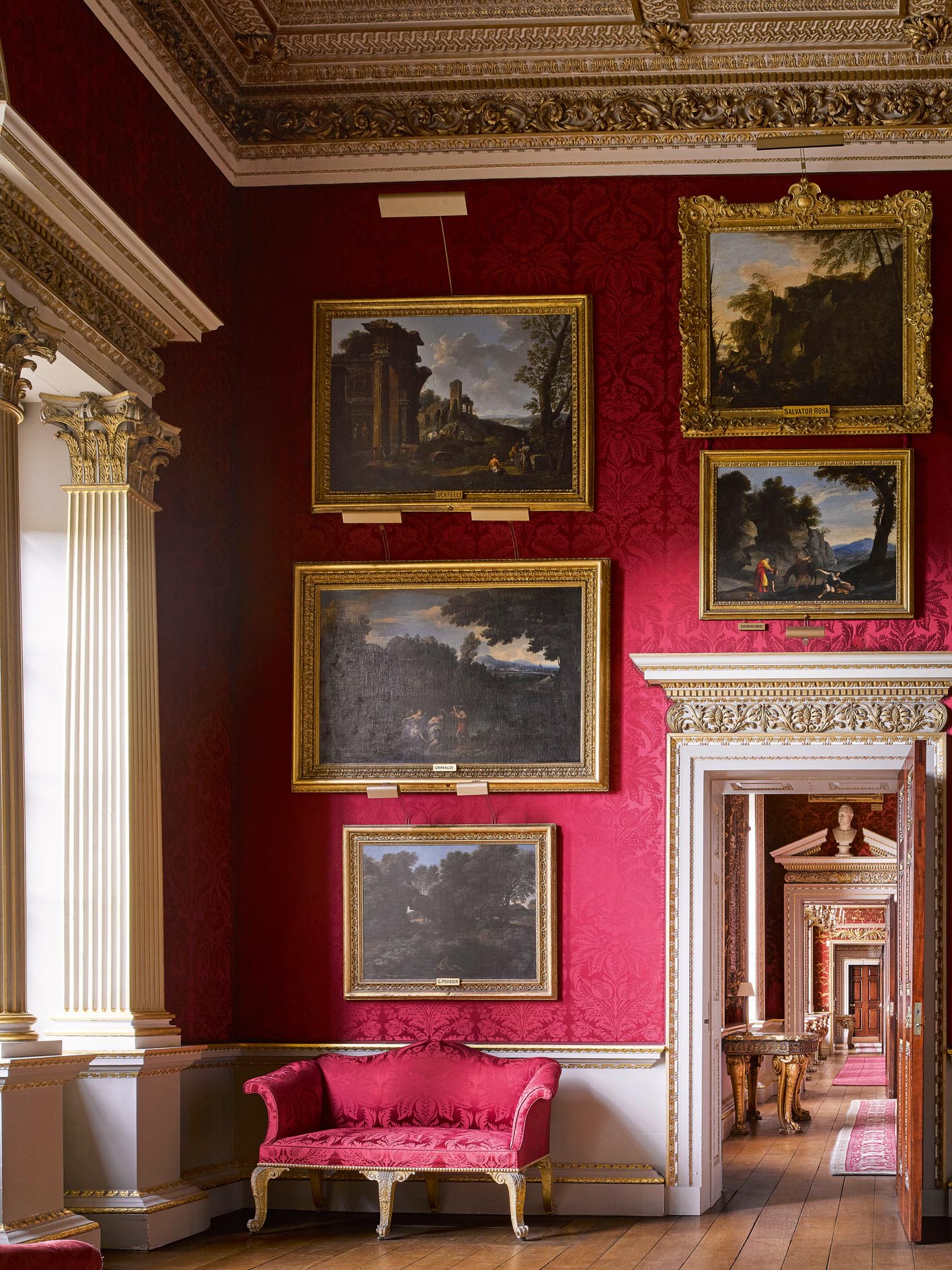
Campbell discerned in contemporary British architecture an extension of that architectural revival begun by Palladio and Jones, which he presented in an illustrated compendium entitled Vitruvius Britannicus (published in four volumes from 1715). British architecture, he urged, should assume the imperial mantle of Rome and develop it to modern purpose. Despite being in Italy at the time, the 17-year-old Coke is listed among the subscribers to the first volume.
Campbell’s view was supported by Lord Burlington, another Grand Tourist known socially to Coke, who, from 1726, began to construct a free-standing extension to his 17th-century house outside London on the Thames at Chiswick. This building, which now stands in isolation, was based on one of Palladio’s published designs for a villa, Capra, known as La Rotonda. By extension, it was conceived as a perfect architectural form that exemplified the aesthetic qualities of what became known as the Palladian style: it made use of bold geometry in plan, was symmetrical, incorporated ruggedly finished stone termed ‘rustication’ and made careful use of Roman decorative forms.
Chiswick House was a demonstrative building. As well as illustrating the character of Palladian design to those in Burlington’s circle, it also implicitly asserted his mastery of it; a building by one ‘virtuoso’ for the appreciation of others. That, in turn, reflected his learning, politics and taste. It was wittily derided by one contemporary and critic, Lord Hervey, as ‘too little to live in, too large to hang on one’s watch’. The same could not be said of Holkham, which aimed to be something much more ambitious: a realisation of the Palladian ideal not in miniature, but as a full-blown country seat on a monumental scale.
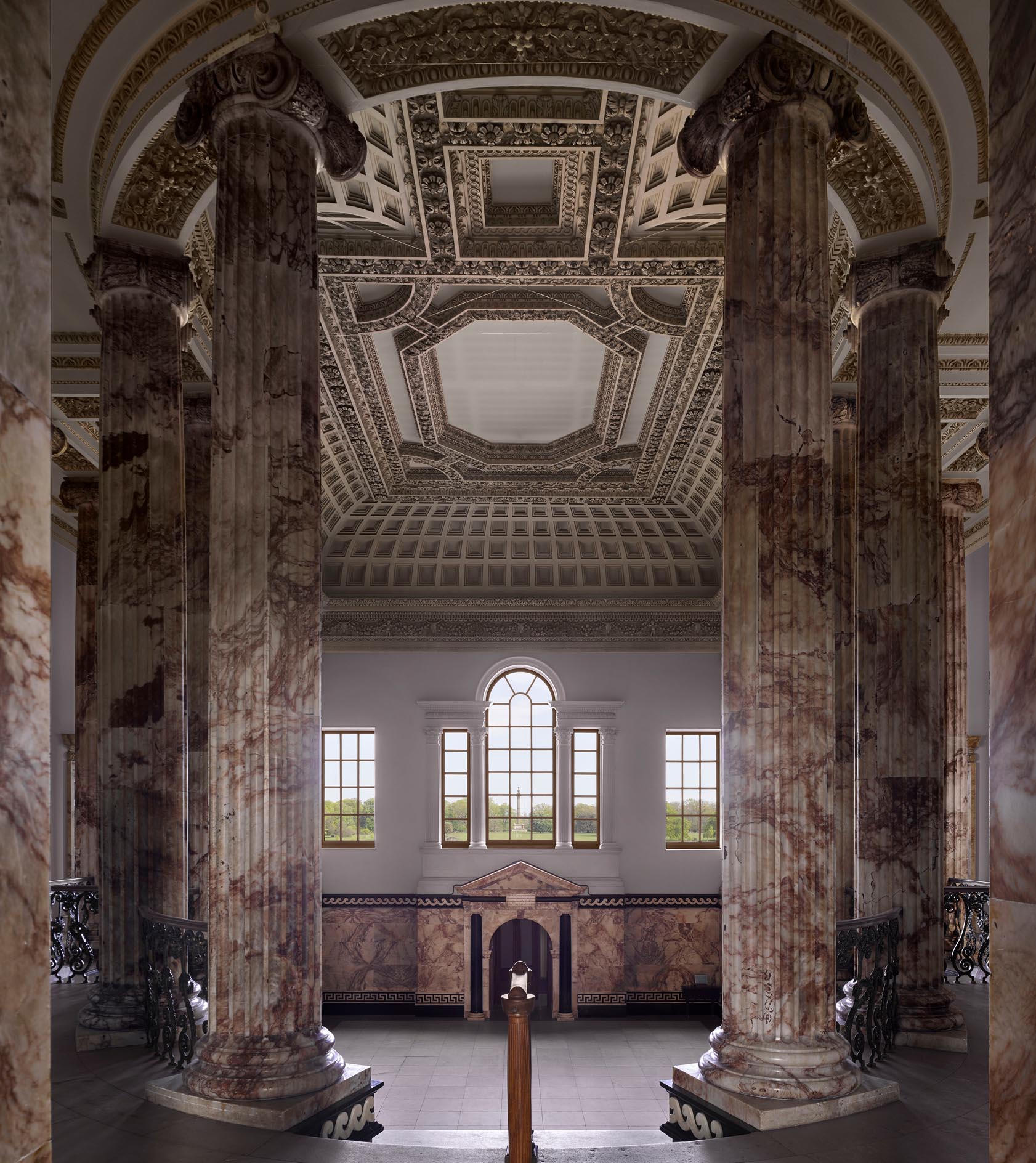
The perception of Holkham as a Palladian project that built on Burlington’s achievement is well attested. As early as 1731, for example, Lord Hervey also described Coke as being in possession of the design of ‘a Burlington house with four pavilions on paper’. This must refer to the distinctive form of Holkham as built with a central block and projecting pavilions at each corner (Fig 1). Curiously, one connection that may have had a role to play in the shared enthusiasm of Burlington and Coke for this architectural idiom—above and beyond their love of all things Roman—was their joint and involvement in Freemasonry, with its interest in geometry, symbolism and the divine revelation of order in architecture.
Whether Burlington had any direct input into the design of Holkham is unknowable, but he certainly discussed it with Coke and set his seal of approval on the design. The importance of that is apparent in the delight expressed by Coke when he wrote to Brettingham in March 1734: ‘It is with pleasure I can inform you our whole design is vastly approved by Lord Burlington, he says the inside plan is the best he ever saw…so now we have gained all we desire and when you come to town we shall get the whole fairly drawn out and begin the foundations of the wing.’
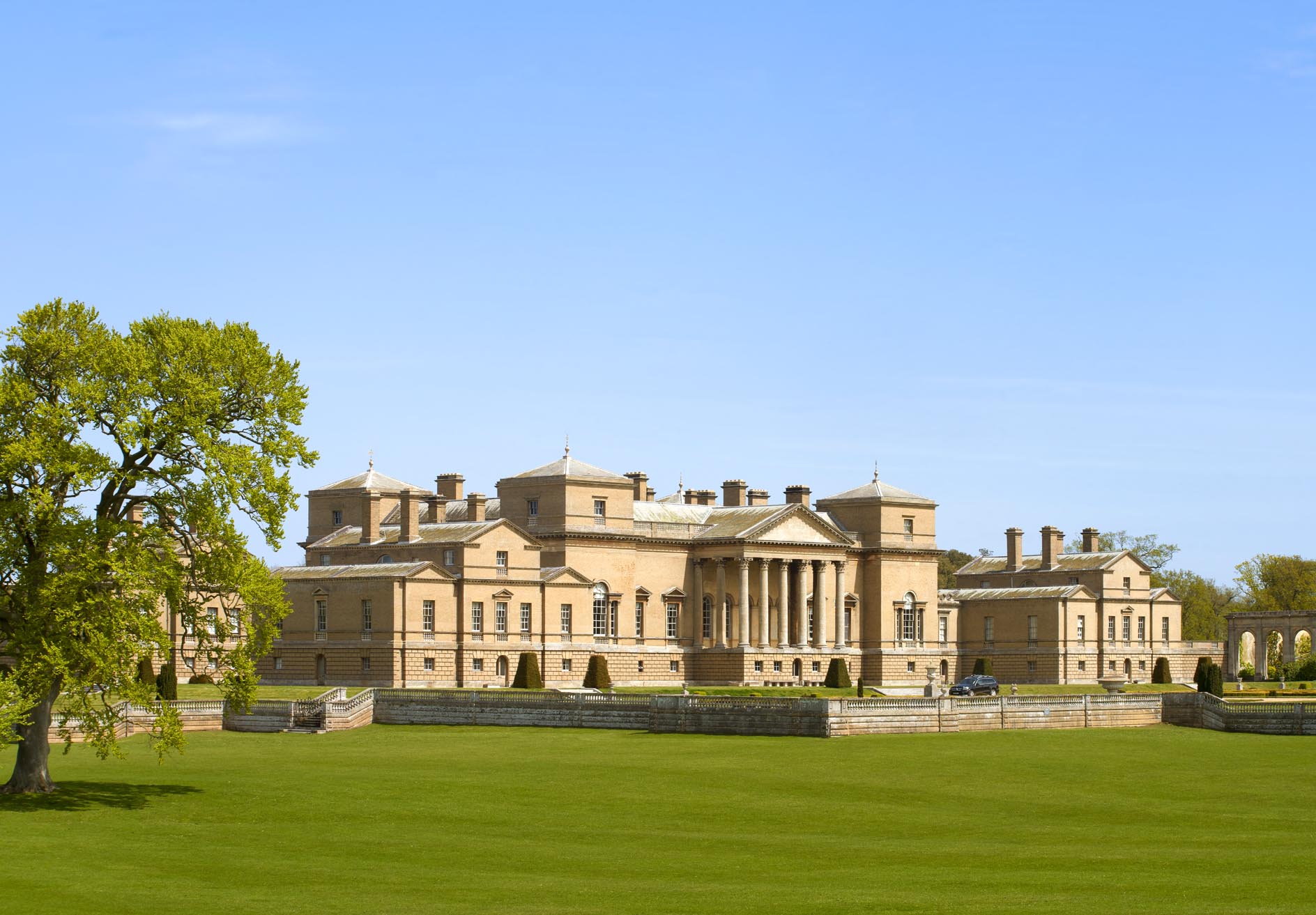
The ‘wing’ to which he referred was one of the four corner pavilions of the house (Fig 2) and work to it, from April 1734, was deliberately slow. Coke’s initial idea was to build from estate income and there wasn’t a huge amount to spare. It was also intended that the new house be built of Bath stone, but difficulties of supply meant that high-quality brick—a suitably Roman material—was used instead. These bricks made use of local clay, fired to a stone-like colour and moulded to different sizes according to purpose (Fig 5). When the wing was finished six years later, it formed a self-contained family apartment and was linked to the old house, a relationship of old and new strikingly similar to that created by Burlington at Chiswick.
In May 1744, Coke finally secured the title he long coveted, that of the Earl of Leicester. This ennoblement coincided with another attempt to drive forward the building as a whole, but it was not until 1752 that he finally mortgaged large areas of his estate outside Norfolk to raise the necessary funds to complete the building. The following year, in 1753, his son died, but work continued. One of the first important interiors to be completed was the sculpture gallery (Fig 3). It is to the remainder of the house and its sumptuous interiors (Fig 6) that we will turn in the second part of this article.
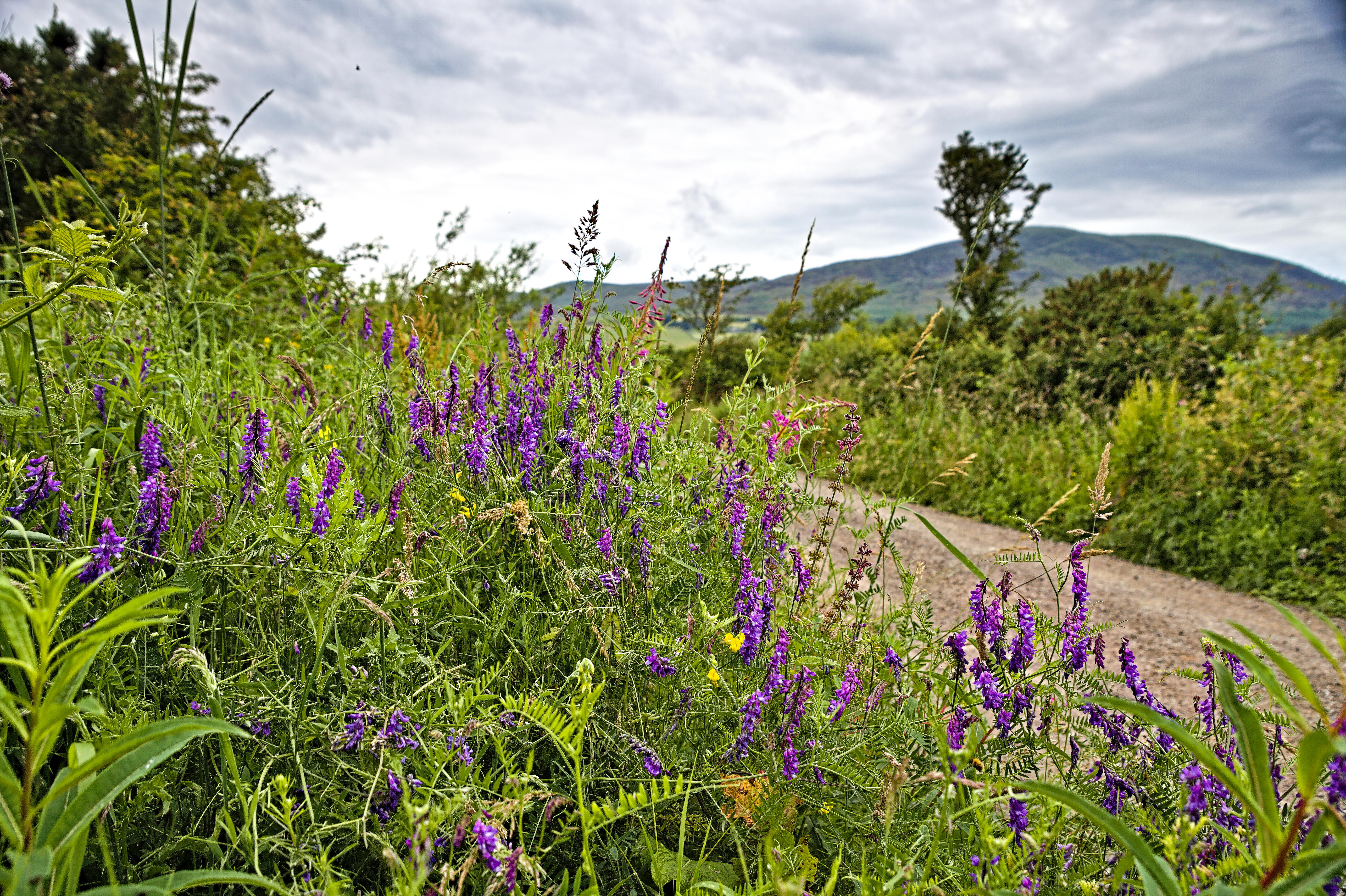
Why 'the agricultural counter-revolution is being driven by farmers on the ground'
Jamie Blackett's tour of British farms reaches Holkham, wellspring of the agricultural revolution.
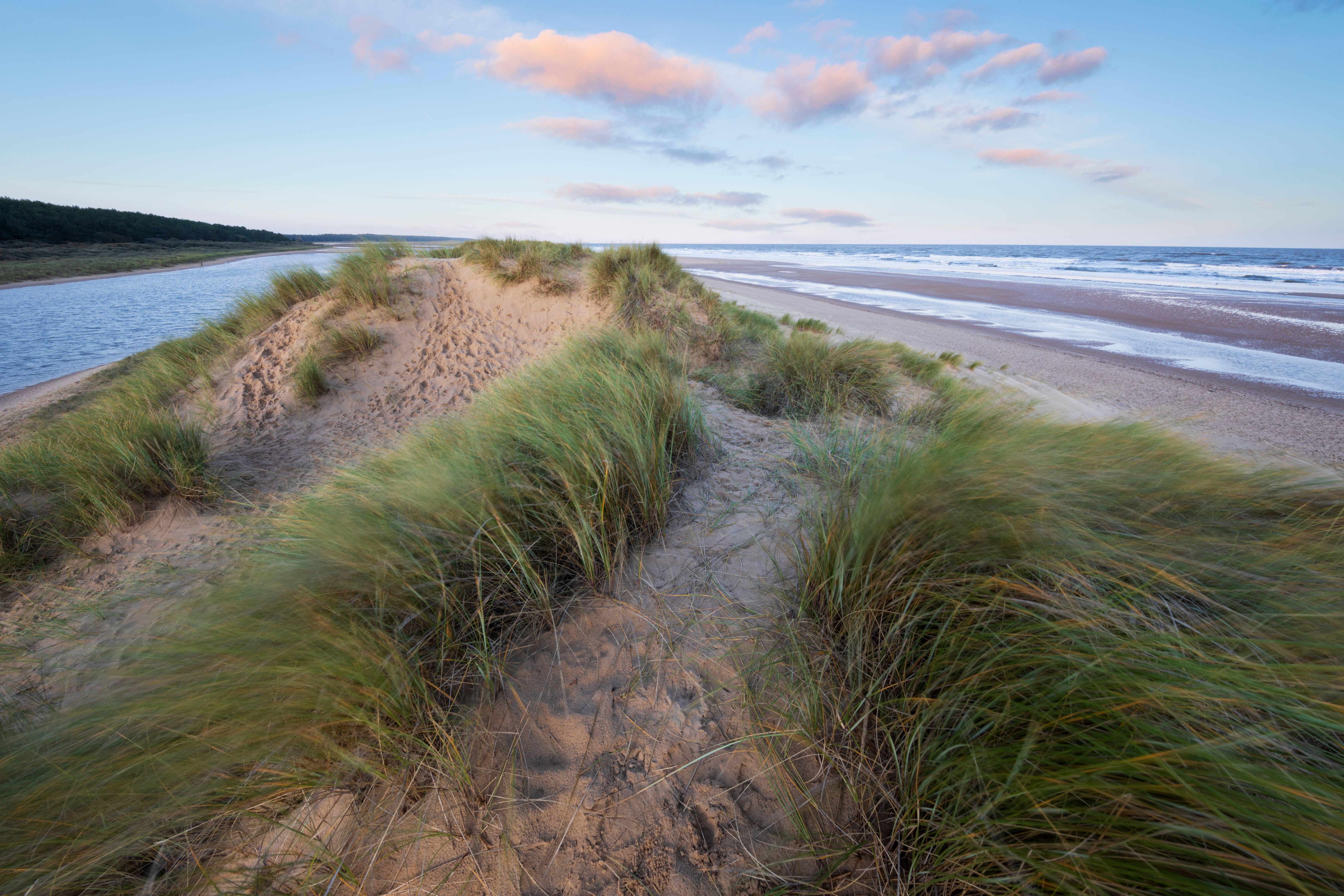
A farmer's-eye view of Holkham, the ultimate example of profitable food production and wildlife conservation going hand in hand
Jamie Blackett leaves his Dumfriesshire farm to visit Holkham, and comes away impressed and inspired.
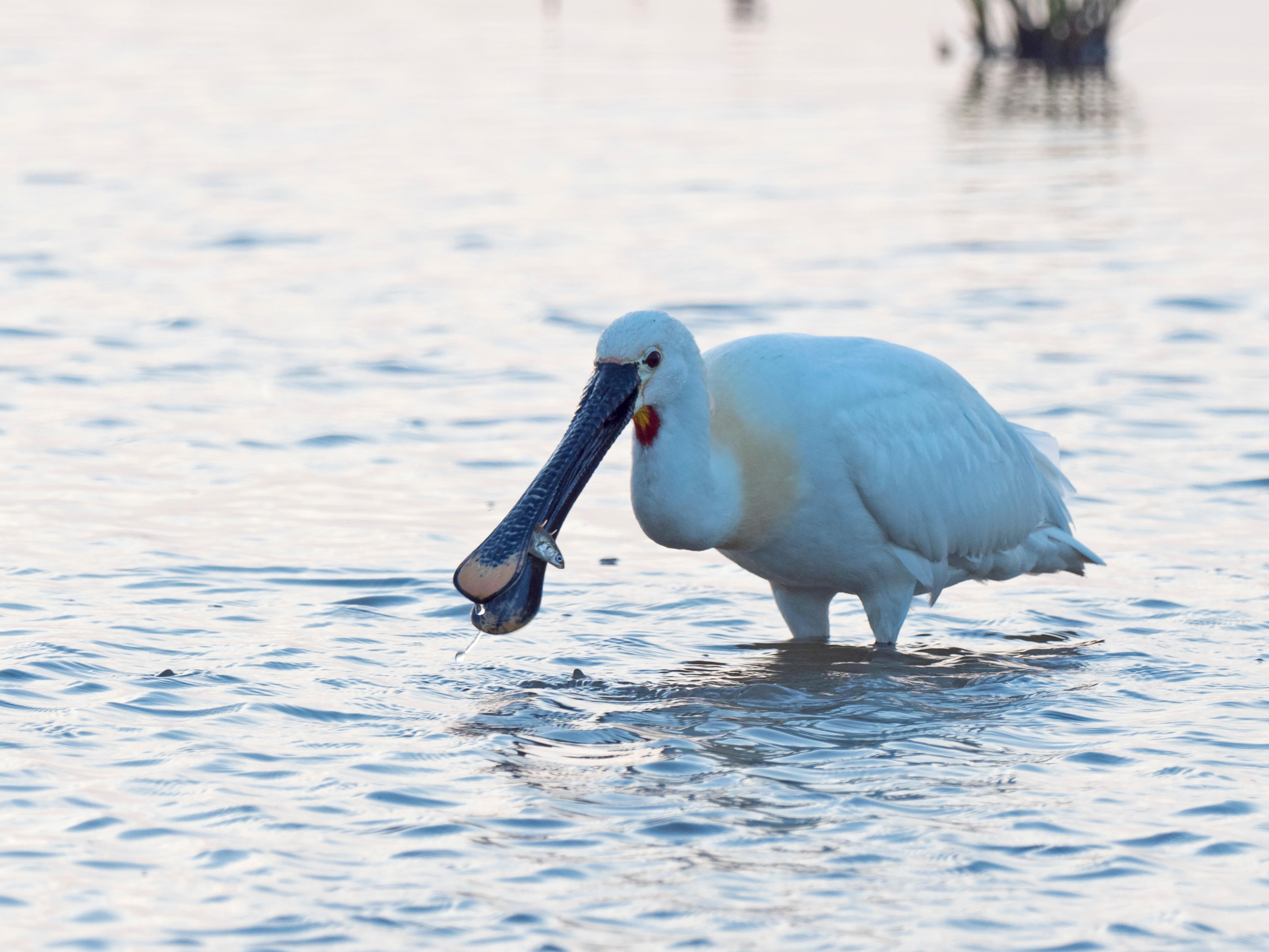
Tracking the Norfolk spoonbills: 'We’ve hardly walked a mile before a string of three white birds flies towards us'
Fiona Reynolds visits the wilds of Norfolk to find spoonbills — and discovers a remarkable conservation success story.

John spent his childhood in Kenya, Germany, India and Yorkshire before joining Country Life in 2007, via the University of Durham. Known for his irrepressible love of castles and the Frozen soundtrack, and a laugh that lights up the lives of those around him, John also moonlights as a walking encyclopedia and is the author of several books.